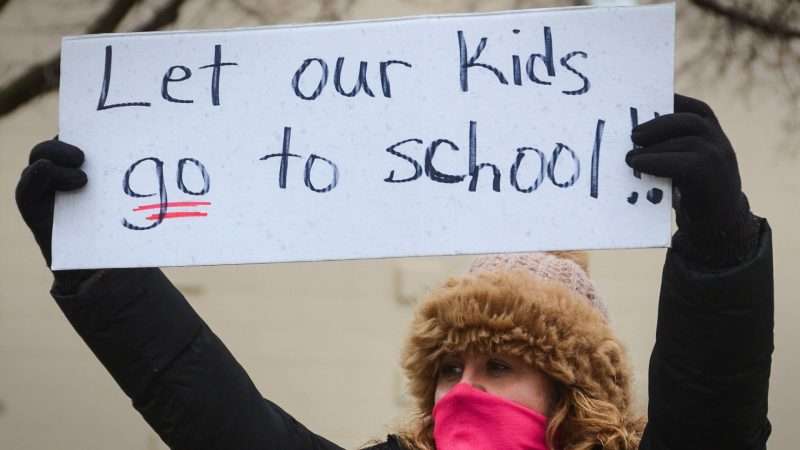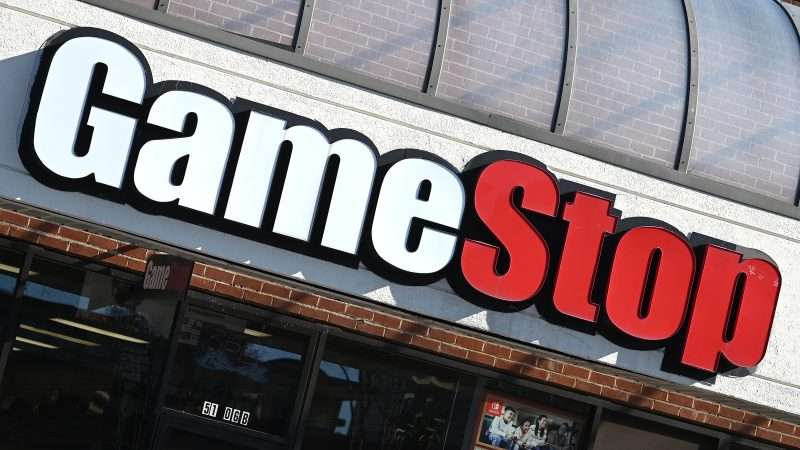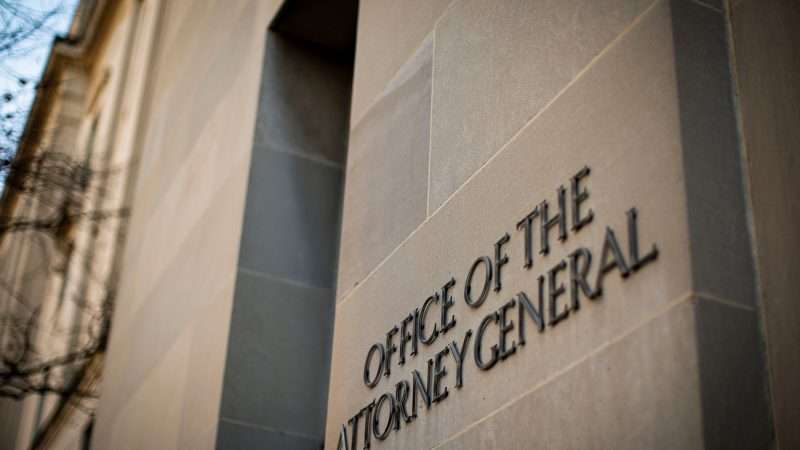
Dave Barry has described Miami as a tropical paradise full of people from many different lands, cultures, backgrounds, and walks of life, all of whom want to kill each other. The city’s proximity to the piratical Caribbean, which has always been happy to help Americans evade their country’s prohibitions, has inspired breathtakingly flamboyant displays of open criminality since the beginning of recorded Miami history.
Sometimes this is merely amusing, as when Calvin Coolidge’s entourage pulled into Key West in 1928 on the first leg of a state visit to Cuba and discovered that, even with the president of the United States and his vast law-enforcement traveling party in town, nobody made even a pretense of observing Prohibition. The one-night stopover turned into a drunken bacchanal, with reporters dizzily toppling off gangplanks into the ocean the next day as they tried to board Coolidge’s Havana-bound flotilla.
Other times it has been deadly. On the day after Christmas in 1969, a pair of Cuban-exile cocaine trafficking groups, occupying five cars, raced through Miami’s crowded downtown streets for half an hour, engaged in a running gun battle that left two men badly injured and one dead. The low body count was surprising, especially given that several participants were CIA-trained veterans of the Bay of Pigs. But what is truly astonishing is that the bang-bang was so ordinary that it didn’t rate even the merest mention in The Miami Herald.
Why should it? Miami was full of untethered rage and a plenitude of weapons. The foes of Fidel Castro carried out at least 30 bombings in 1975. Miami Herald crime writer Edna Buchanan once opened her trunk to load some groceries only to find that her husband (also a Herald reporter) had stashed a load of machine guns there to smuggle to his pals in Havana.
The Year of Dangerous Days: Riots, Refugees, and Cocaine in Miami 1980 is a crisp and fascinating account of arguably the worst single year for a city that’s had a lot of bad ones. If it has a flaw, it’s that the author, the journalist and novelist Nicholas Griffin, seems to think Miami was normal before it was flooded with cocaine cowboys from Colombia and refugees from Cuba. From the real-estate scammers and bootleggers of the 1920s to the transplanted New York mobsters of the ’40s and ’50s to the anti-Castro bombers of the ’60s and ’70s, Miami has been perpetually at war with itself.
And then the city was blindsided by an unprecedented tidal wave of refugees from Cuba and a mind-bogglingly violent cohort of cocaine traffickers from Colombia.
The events were not connected, even tangentially. They didn’t even really take place simultaneously. The narcotraffickers began arriving in the mid-1970s, as dance clubs and cocaine underwent a mutually reinforcing surge in popularity. They announced themselves in spectacular fashion in summer 1979. Three men walked into a liquor store in what was then South Florida’s biggest shopping mall and machine-gunned two people, then kept spraying bullets around the parking lot as they fled. The two corpses were so shot up that the medical examiner couldn’t count all the bullet holes, though Griffin—a connoisseur of Miami madness—notes that one of the men, despite being blown to bits, “managed to keep his bottle of Chivas intact.”
Left behind was a van with reinforced steel plates, gun ports, black one-way glass, and a hefty supply of bulletproof vests and automatic weapons inside. Buchanan called it a “war wagon.” (Full disclosure: She’s a friend of mine. I worked at the Herald in 1979, the year before the events of Griffin’s book, and returned in 1992 for 27 more years. A lot of the characters in The Year of Dangerous Days are my friends or acquaintances, and a few—mostly editors—are sworn enemies.)
By 1980, the cocaine cowboys had turned Miami into an endless-loop replay of Gunfight at the O.K. Corral. They were audacious, murdering victims everywhere from freeways to airport luggage carousels. Once, a couple checking into a motel near the airport complained their room had a peculiar odor; management promptly dispatched a maid to remove a body from under the bed. They were prolific, racking up as many as four corpses in four hours in separate killings. They came close to recycling their victims: One man was shot five times in the head as he pushed his wife’s wheelchair—she was still recovering from 30 bullet wounds in an earlier attack.
So many coke-laden airplanes filled Miami’s airspace after dark that two collided in midair, scattering half a dozen bodies around the beach. Police started finding dead drug mules, putrefying in cheap hotel rooms after bags of cocaine burst open in their intestines. (The cops always knew the cause of death instantly, thanks to the laxatives and enemas at the side of the bed.) Some 60 percent of the city’s first-degree murder cases were settled on lesser charges because Miami’s courts were so wildly overcrowded.
The crime would have overwhelmed even a competent police department. But in Miami, the homicide squad was continuously short-staffed because its members kept getting indicted. (An FBI investigation of the homicide cops had so much electronic surveillance running that it took 22 stenographers working full-time just to keep up with the tapes.) The source of the corruption, of course, was the narcotraffickers the cops were supposed to be investigating.
The traffickers had an awesome stash of cash with which to hand out bribes. When federal agents arrested South Florida’s top Colombian money launderer, it took a day and a half to total just the $40 million he had stacked on the floors of his safe houses. And as the government began freezing bank accounts, the Federal Reserve had to fly an emergency load of funds to Miami to prevent a run on the bank.
Against this backdrop, the Mariel refugees started flooding in. “Flooding” is an overworked word in describing immigration, but it applies here: About 125,000 Cubans—roughly equal to a third of the city’s population—came to Miami in just six weeks.
The Mariel boatlift represented the detonation of a fuse inadvertently lit in 1978. Seeking foreign exchange to fund his fraying revolution, Castro for the first time had allowed Cuban exiles in Miami to visit friends and family who had stayed behind. In a single year, the visitors pumped $100 million into Cuba, filling it with TVs and tape recorders, medicine and mascara. It was graphic evidence that Castro’s description of a hardscrabble exile life in Miami was a lie. Castro, worried by the discontent he had unleashed, shut the visits down. But the discontent remained.
On April 1, 1980, an unemployed bus driver and a few of his friends rammed his vehicle through the gate at the Peruvian embassy in Havana. The ambassador, to Castro’s surprise, declared them asylum seekers and wouldn’t give them back. Castrologists to this day debate whether what followed was pure pique or a canny plan; either way, the dictator pulled Cuban guards off the premises. By Sunday, some 10,000 would-be refugees had crowded inside, far more than the Peruvians could feed; the crowd began strangling and eating neighborhood cats. Having either proved his point or committed a humiliating error, Castro blocked the embassy door again.
President Jimmy Carter, who had been championing human rights around the world, suddenly had second thoughts about accepting the fruits of his humanitarian labors. Maybe Costa Rica could take some of them? But Miami Mayor Maurice Ferre, hoping to calm crowds of angry demonstrators who wanted their families freed to come to the United States, told reporters there was no need to stall. “Miami’s absorbed 600,000 Cubans,” he said. “They’re a net benefit to our community. Cubans haven’t taken from the coffers but rendered taxes to us.”
Eventually, Castro simply ignored Carter. He declared that the exiles could come pick up their families in Cuba—in a little fishing village called Mariel, about 40 minutes from Havana—and ferry them back to Miami in boats. And not just the 10,000 huddled inside the Peruvian embassy. Anybody. The first flotilla of eight boats made the round trip in a single day, returning with family members the crews had been trying to extract for 20 years.
The race was on. News helicopters showed a hellish traffic jam along the single-lane 160-mile highway that was Miami’s only link to Key West. From there, rippling lines of boats stretched out the 120 miles to Mariel: fishing skiffs, cabin cruisers, anything that would float. The process was by no means as efficient or easygoing as that first day had promised. The refugees, soon known as Marielitos, left with nothing but the clothes on their backs. Government-assembled mobs usually beat them on their way to the water. Storms battered the boats waiting to be loaded with refugees, crashing them into rocks, walls, and other boats. The harbor filled with sewage and gasoline, through which some crewmen had to swim, collecting donations for the ransoms some officials demanded.
In the single most ghastly story in a book that’s full of them, Griffin describes the fate of a 36-foot cruiser named the Olo Yumi, which departed Mariel overloaded with more than 50 refugees at the order of the Cuban military. Running into rough weather, it capsized, spilling passengers—less than half of them in life jackets—in all directions.
Among them was a 14-year-old girl named Ibis Guerrero, who over the next few minutes watched as her father, mother, and sisters slipped beneath the roiling waves. “She had gone from the youngest in an exiled family of six to an orphan in under an hour,” writes Griffin. And still the dying continued. Another mother handed Ibis her 4-year-old son, then vanished. The next morning in Key West, the girl watched stoically as workers at a funeral home pulled five caskets out of a stack of 10 so she could say goodbye to her family.
On May 10, another disaster befell the Marielitos: the New York Times headline “Retarded People and Criminals Are Included in Cuban Exodus.” The story itself, describing how Cuban officials had forced two boats to accept passengers from mental wards and prison cells, was accurate and nuanced, describing how little it took to be labeled criminal or crazy in Castro’s totalitarian state and what a tiny percentage of the boatlift the two vessels represented. But the headline was repeated—and exaggerated—endlessly. The Times itself editorialized that Castro “mocks the generosity of the United States by dumping criminals, even leprosy patients, into the boats” and demanded tighter enforcement of American immigration laws. Castro joined in from the other direction, calling the Marielitos gusanos (worms) and escoria (scum).
Griffin resists the most lurid smears, but he casually accepts the contention that the boatlift brought 5,000 criminals to the United States. Perhaps—but in Cuba you could get a rap sheet for slaughtering a cow without permission, refusing to join the Communist Party, being jobless, being gay, or playing Beatles records. And some of the so-called criminals were fakers: Signing a carta de escoria (literally a “scum letter”) confessing to a criminal record or sexual deviance was one of the quickest ways to the head of the boatlift line.
The U.S. government identified about 1,650 people who came ashore during the boatlift with a record that would be considered seriously criminal in the U.S., and it promptly jailed them all. Though many reporters over the years have used the staggering increases in Dade County crime in 1980 (robbery up 124 percent, assault up 109 percent) as evidence that Marielitos ran amok, those numbers were hugely inflated by three days of rioting in the city’s black neighborhoods. It’s true that Dade set a record for homicides in 1980, but it did the same thing in 1979, before the refugees arrived. The principal culprits in both years were the cocaine cowboys.
That rioting, the third of Griffin’s narratives, is both as old as America and as fresh as this morning’s newspaper. By 1980, black people were no longer under a curfew that forced them off Miami Beach by sundown. But most were cooped up in three almost-contiguous neighborhoods—Liberty City, Overtown, and the Black Grove—clustered along Interstate 95, all ruined by the highway’s construction in the early 1960s.
Those areas, collectively known to cops as the Central District, had 23 percent of the county’s robberies and 40 percent of its stabbings—and the police only made things worse. Commanders put their most brutal blockheads in the black districts and then further concentrated them on the midnight shift. The black communities were where “they sent the screwups that the brass didn’t want to have to see in the daytime,” said Buchanan, who as a crime reporter knew as much about the cops as anyone, including their own commanders. The fallout included one (white) cop who shot a (black) guy in the head for peeing against a wall.
The Central District was a powder keg in search of a spark, and that spark was Arthur McDuffie, a black 33-year-old ex-Marine who sold insurance for a living. He could also be something of a scofflaw, and that side of him was on display in the wee hours of December 17, 1979. His motorcycle speed hit 80 mph. He popped a wheelie and extended an upraised middle finger to a cop. As he zig-zagged across the north side of Miami, at least 15 officers took pursuit.
At 1:59 a.m., McDuffie apparently decided enough was enough and stopped at a street corner. At 2:03, an ambulance arrived. What happened in the intervening four minutes would be hotly disputed, but whatever it was, McDuffie’s health took an abrupt and inauspicious decline. He required 11 pints in blood transfusions. His sister said his head looked like a basketball: His brain was so swollen that doctors could do nothing but watch him die.
Some of the cops claimed that McDuffie attacked them. If so, scofflaw seems far too inadequate a term to characterize him. He was one scrawny 147-pound guy against 15 cops, none of them exactly gentlemen. Michael Watts, one of the officers who would be arrested for McDuffie’s death, had already been in trouble for fracturing the skull of a black motorist who ran a red light and then dragging another black driver out of her car by her feet, bouncing her head along the pavement.
Three cops eventually took immunity to testify against five others on charges ranging from second-degree murder to fabricating evidence. They weren’t necessarily the best spokesmen for the prosecution—one, nicknamed Mad Dog for his disciplinary record, admitted to advising another cop where to hit the unconscious McDuffie with a flashlight to break his legs—and a change-of-venue jury in Tampa, after deliberating for 90 minutes, acquitted everybody of everything.
Within minutes, raging Miami crowds were shooting and burning and beating anything that moved. Two young white men who happened to be driving through Liberty City when the news was announced were dragged from their car, shot, pounded with cement blocks, and then repeatedly run over. (Incredibly, one of them survived.)
“Two, three, five, 12 at a time,” Griffin writes, describing the arrivals at Miami’s major trauma hospital. “Housewives blinded by rocks through car windscreens, a cameraman knocked unconscious by a baseball bat to the back of the head; reporters beaten to the ground.” On the first day, all eight dead were white; on the second day, all eight were black. After three days, the rioting ended—no thanks to the cops, who didn’t dare venture into the Central District. There were 18 fatalities and around $100 million in damage, all of it in the black part of town.
Are there lessons from Miami’s year of dangerous days? A few. The drug war leads to sickening violence and garish corruption, but it does little or nothing to actually stop drugs. (When the U.S. government finally got the cocaine cowboys under control, it almost immediately went to war—this time, literally—against Panamanian strongman Manuel Noriega over cocaine.) Cuba was, and is, an awful place. Most of the sound and fury over immigration is counterproductive. And when cops behave like an occupying army, pretty soon the place starts looking like Berlin in 1945. Watch the news tonight to see how well we learned that one.
The Year of Dangerous Days: Riots, Refugees, and Cocaine in Miami 1980, by Nicholas Griffin, Simon & Schuster, 319 pages, $26.99
from Latest – Reason.com https://ift.tt/3j0BL2J
via IFTTT



